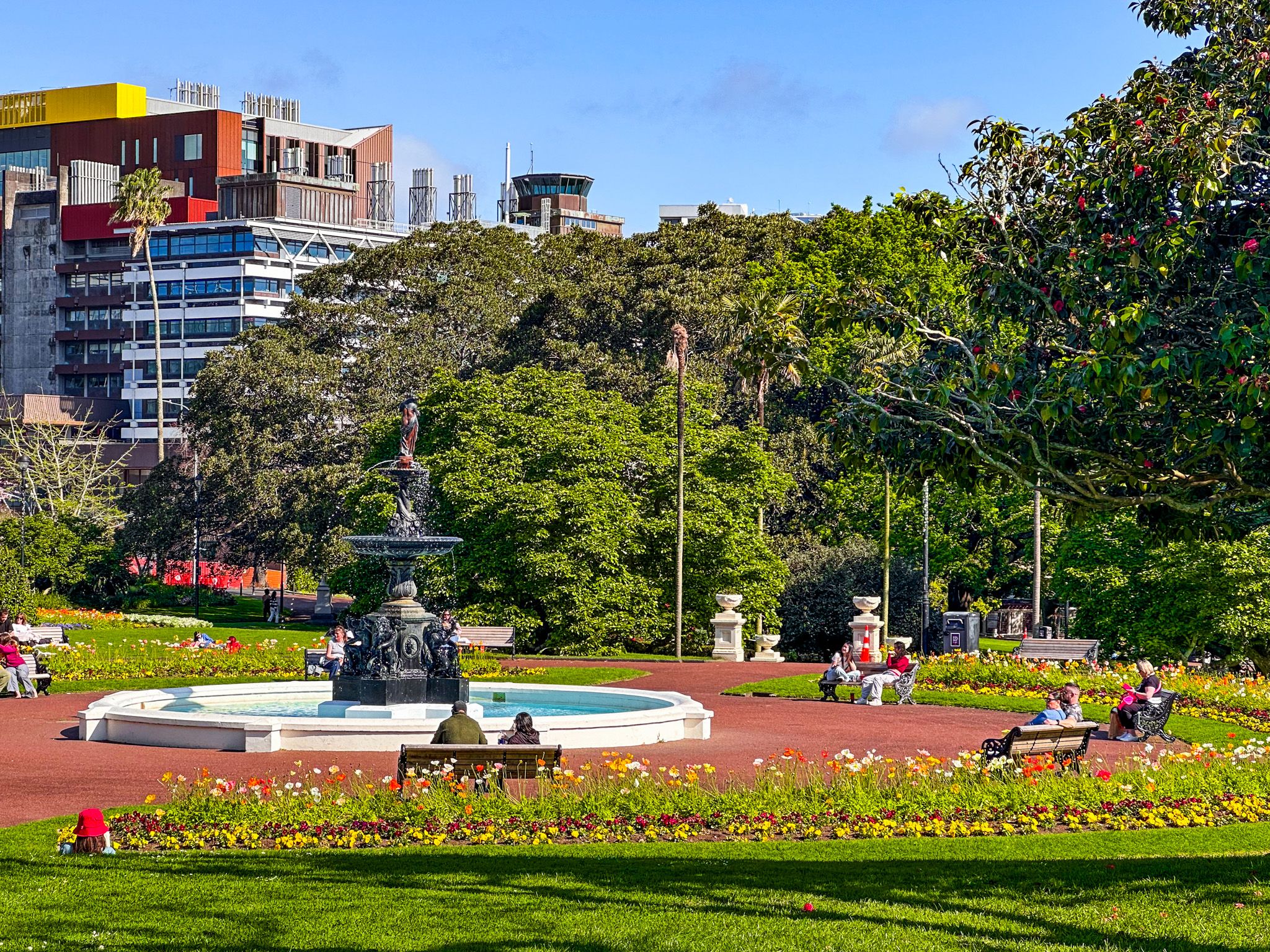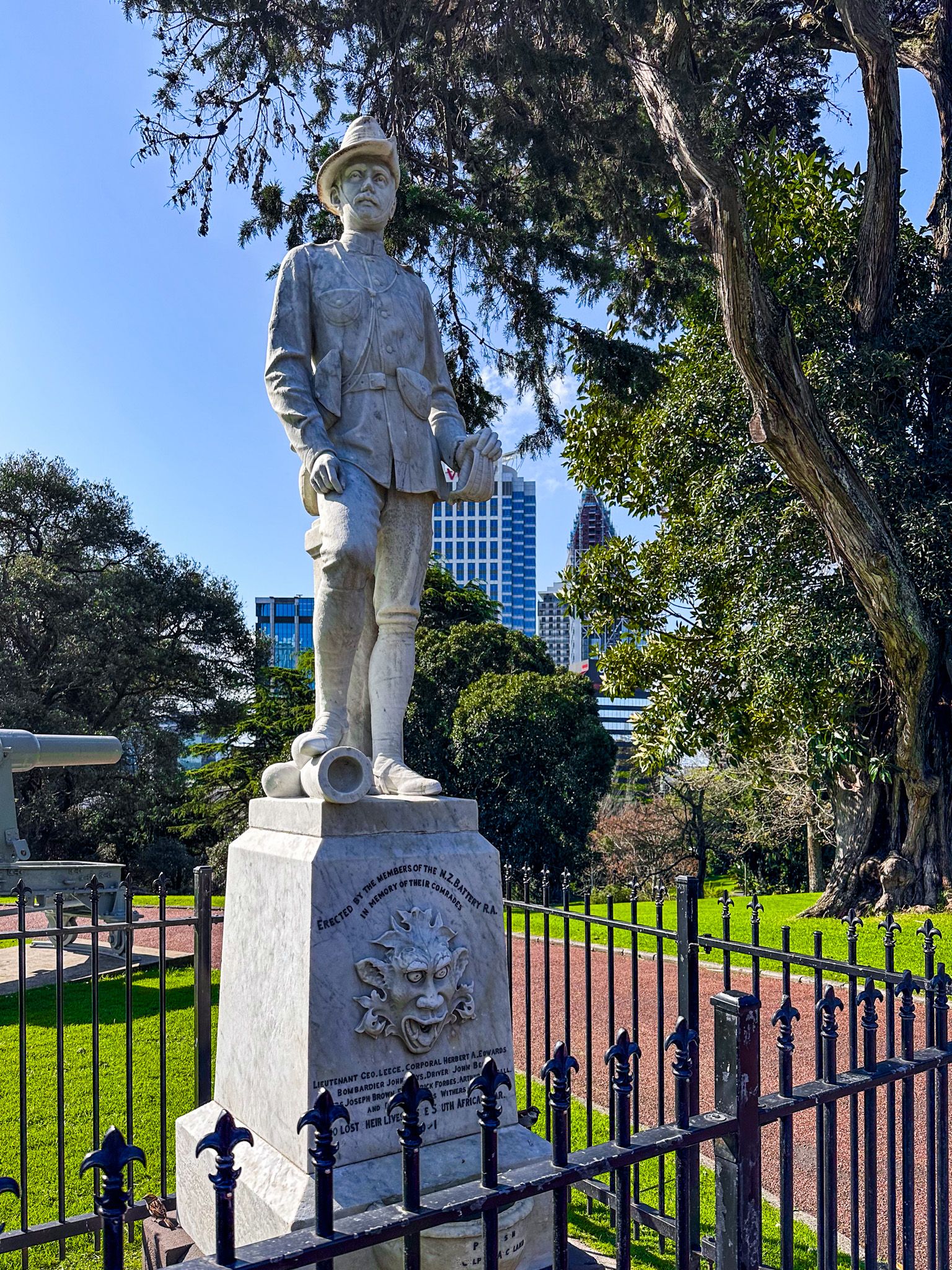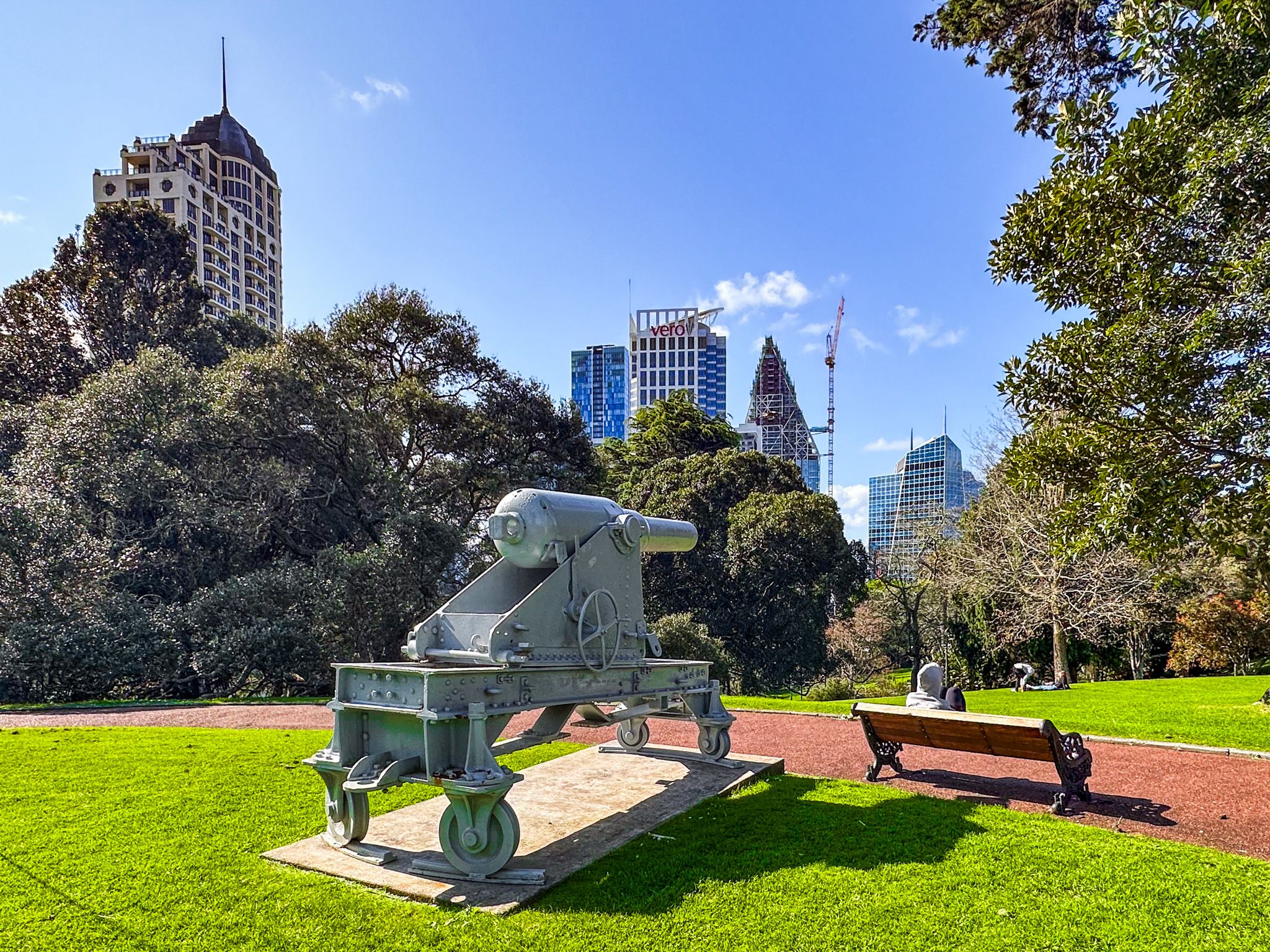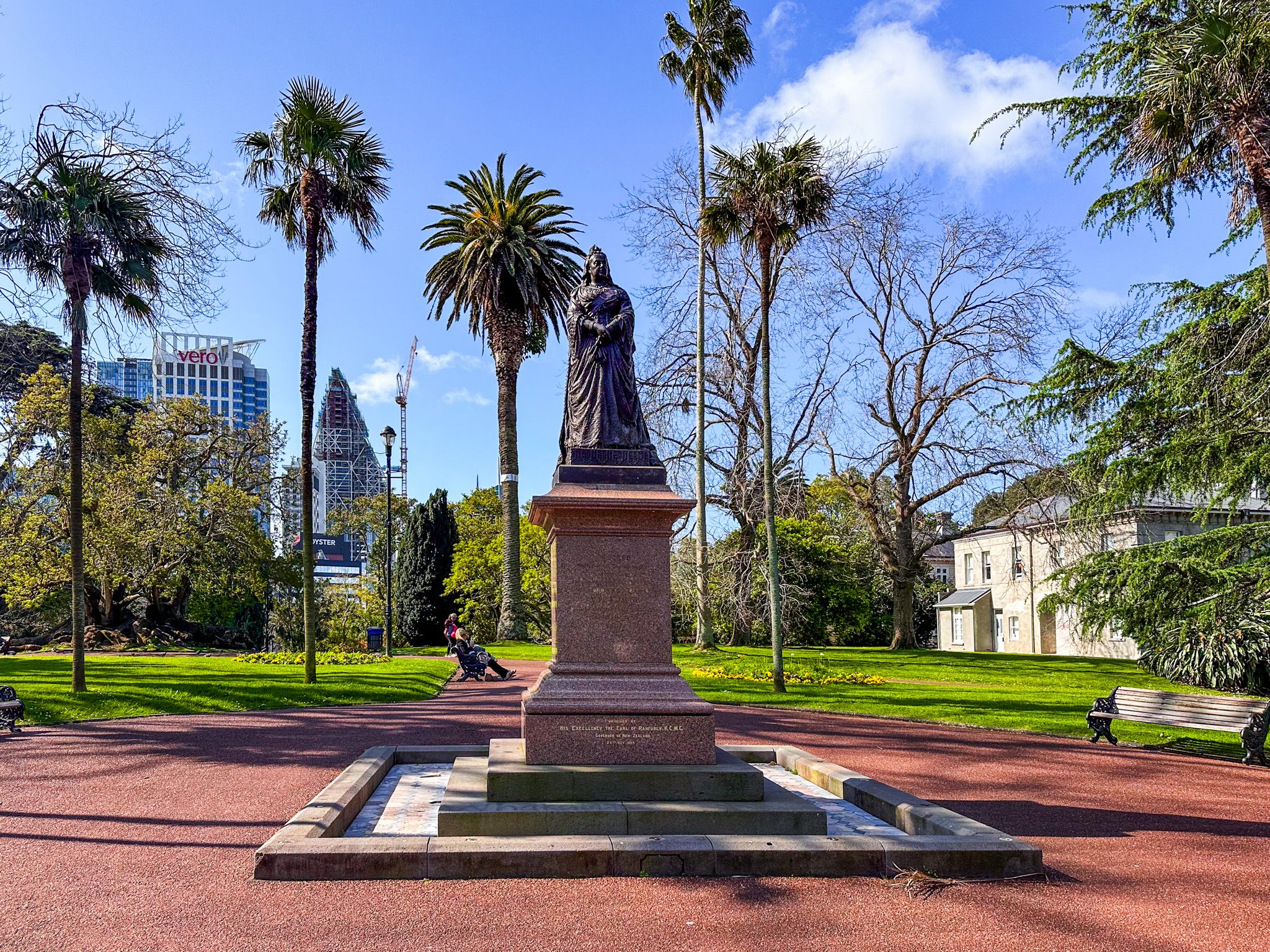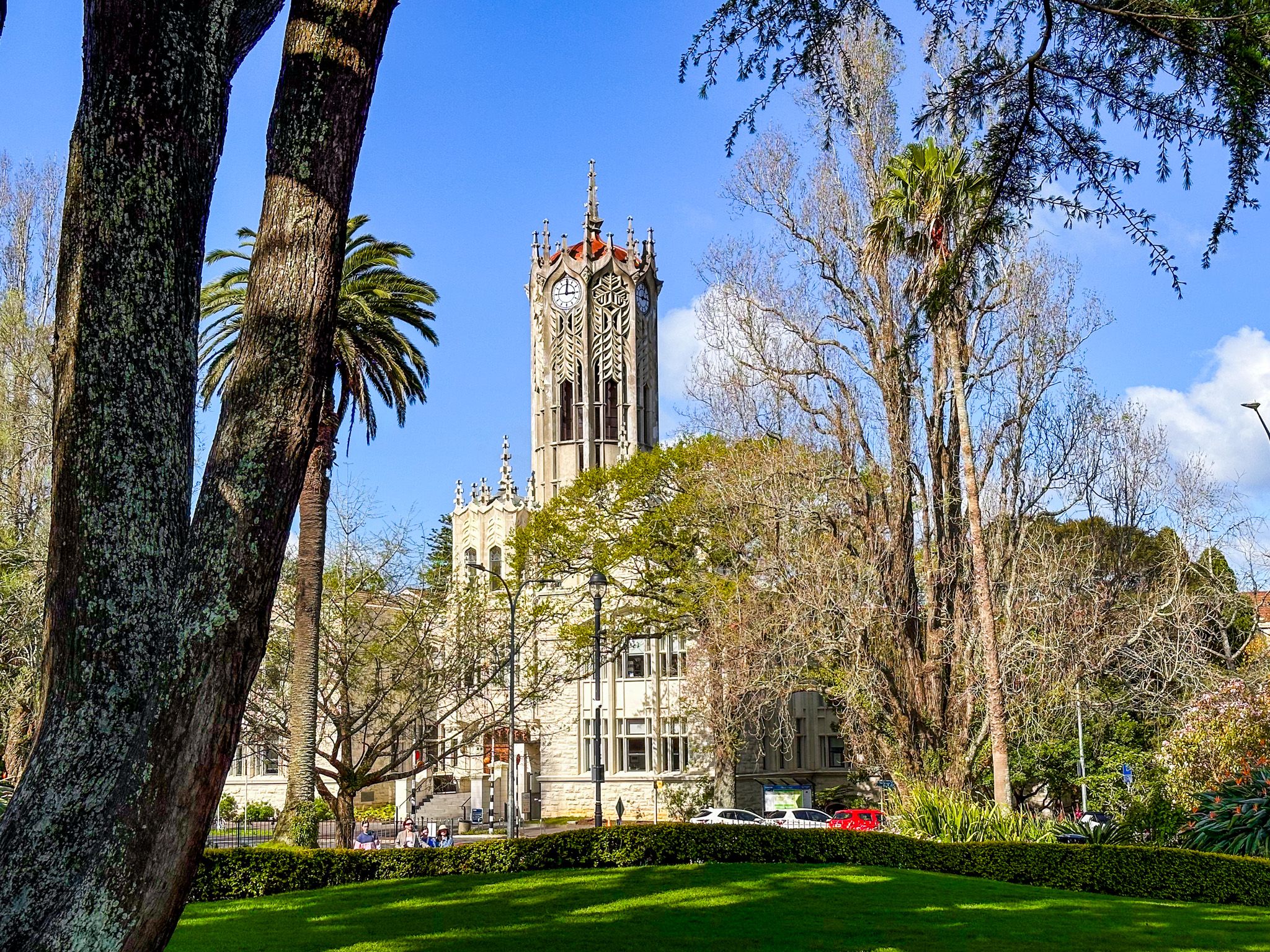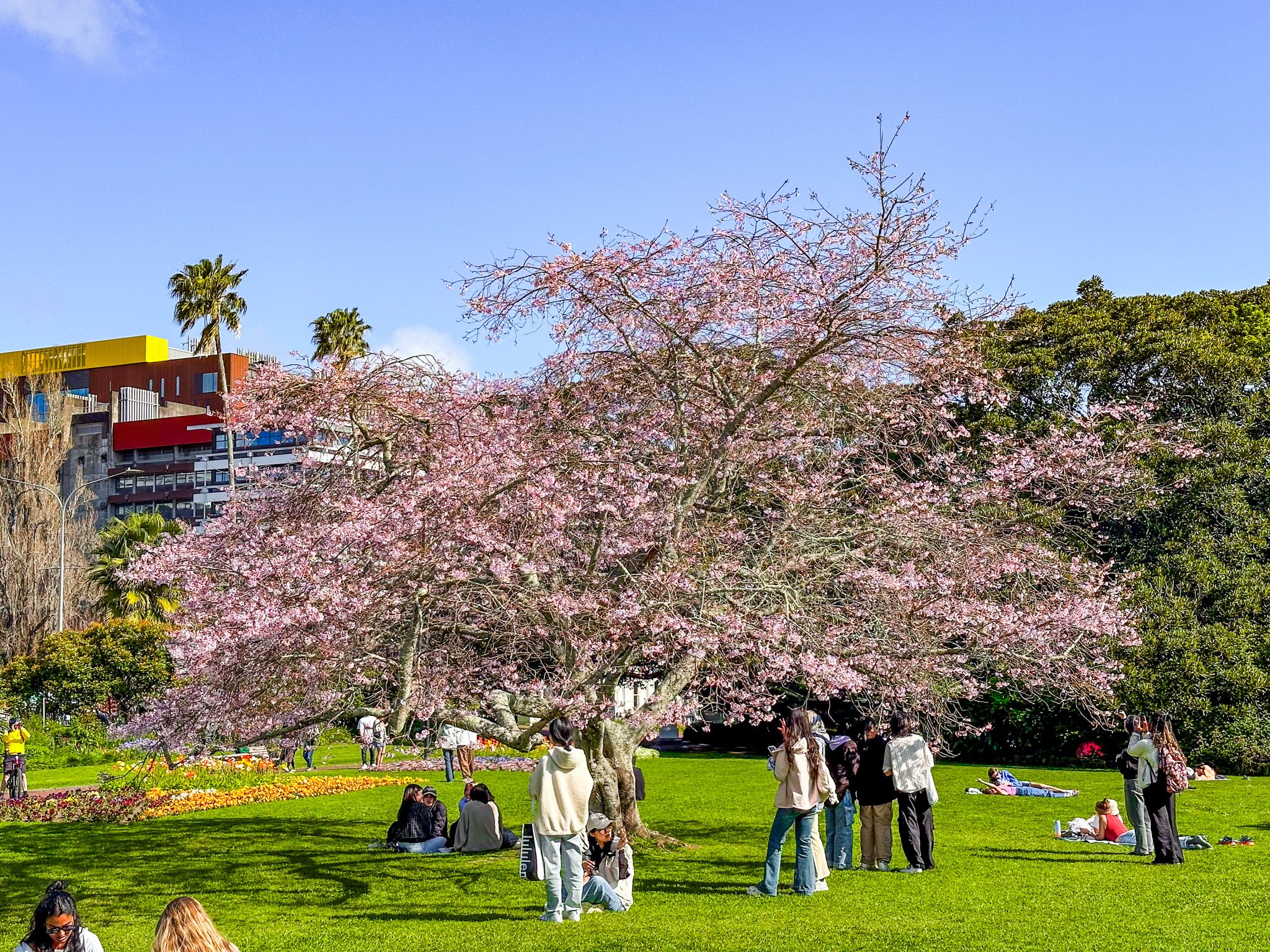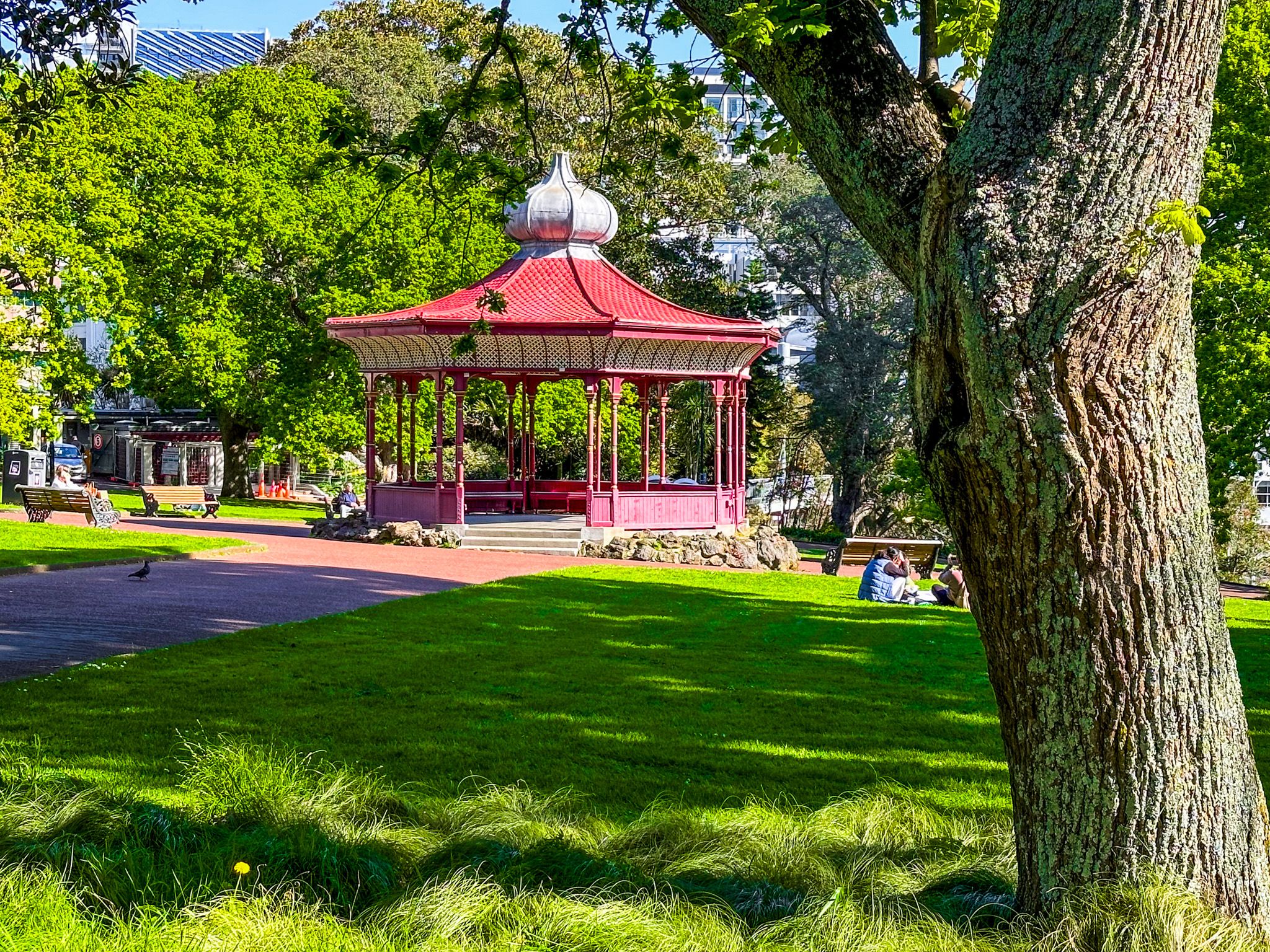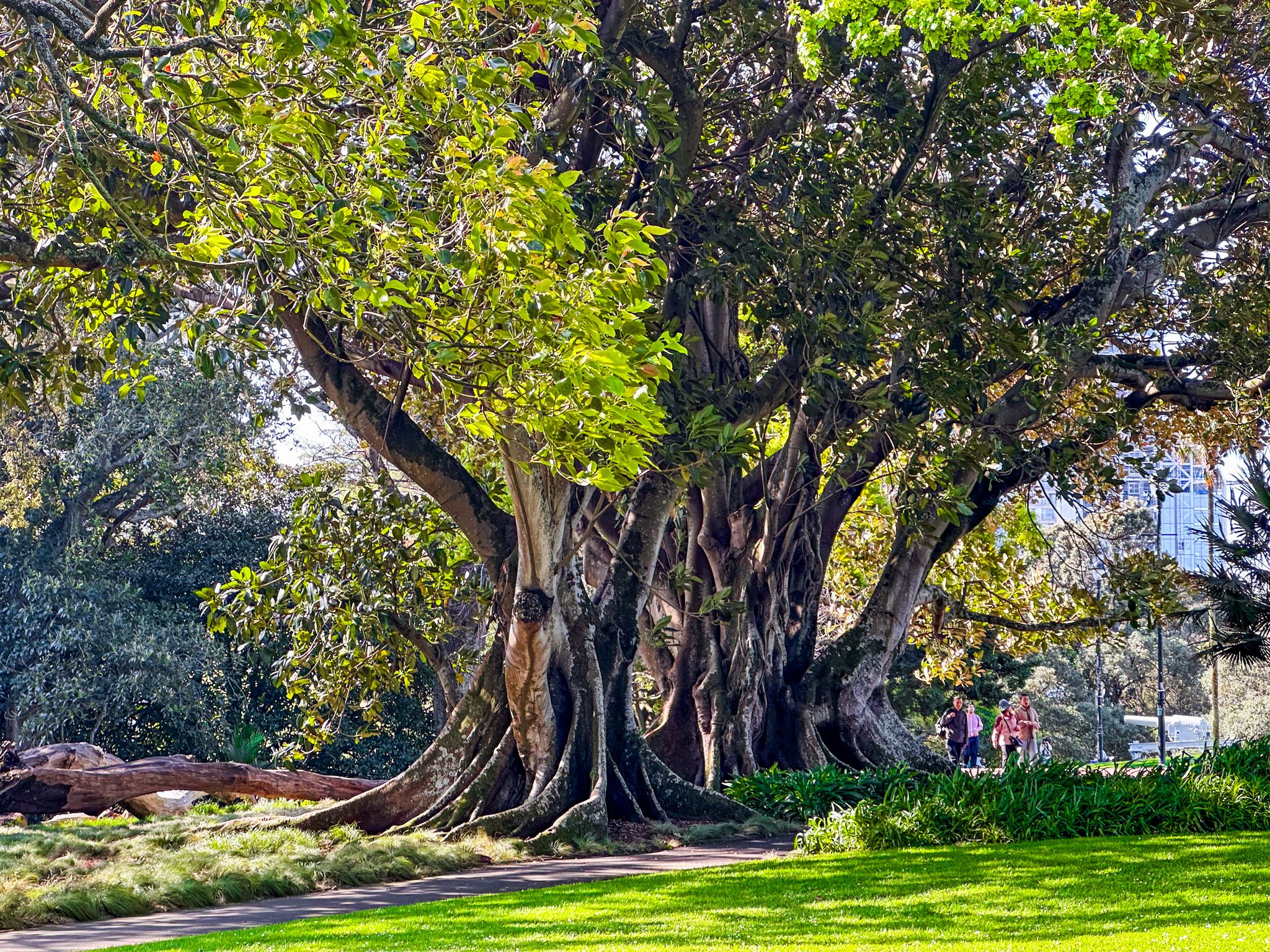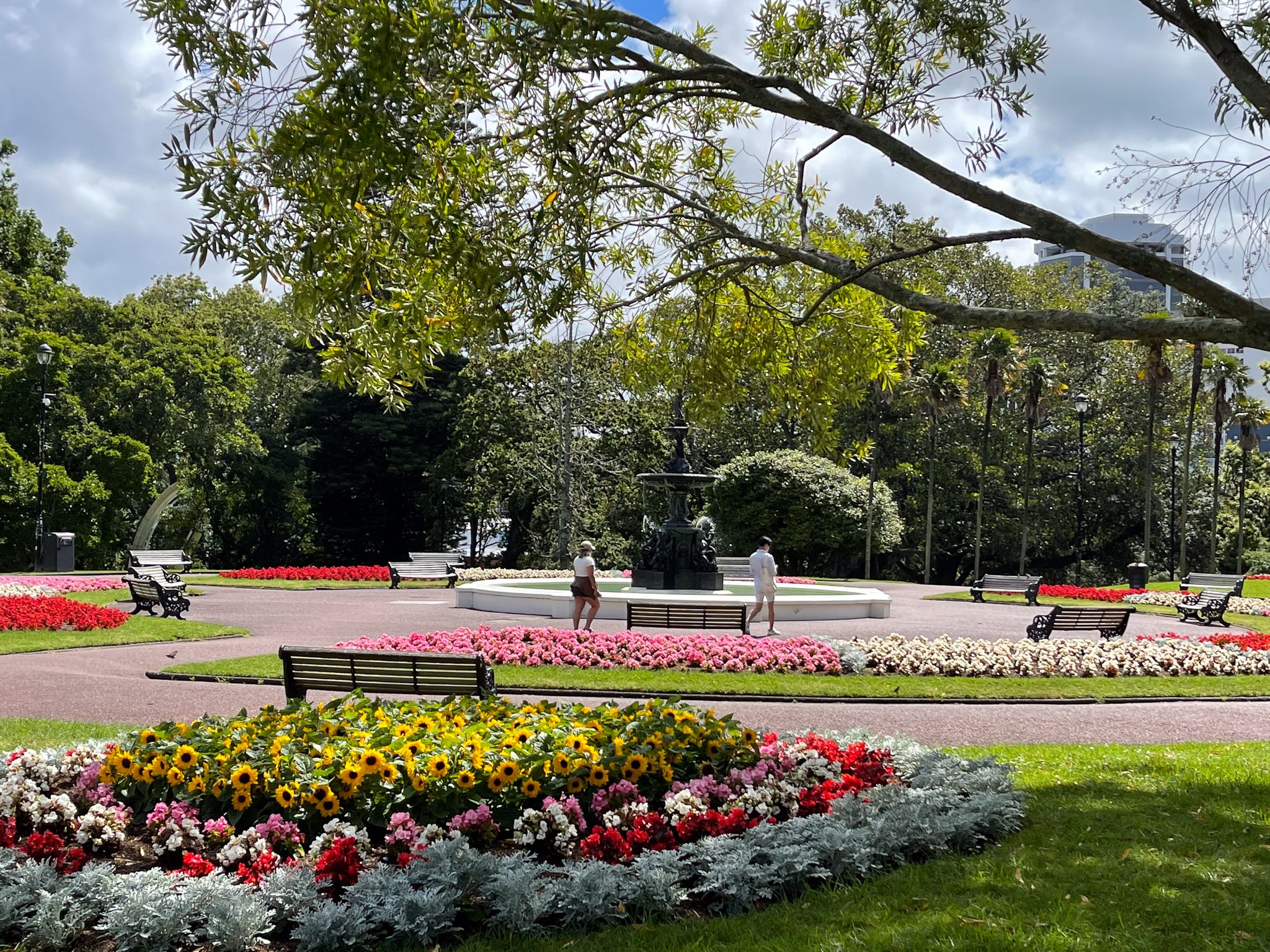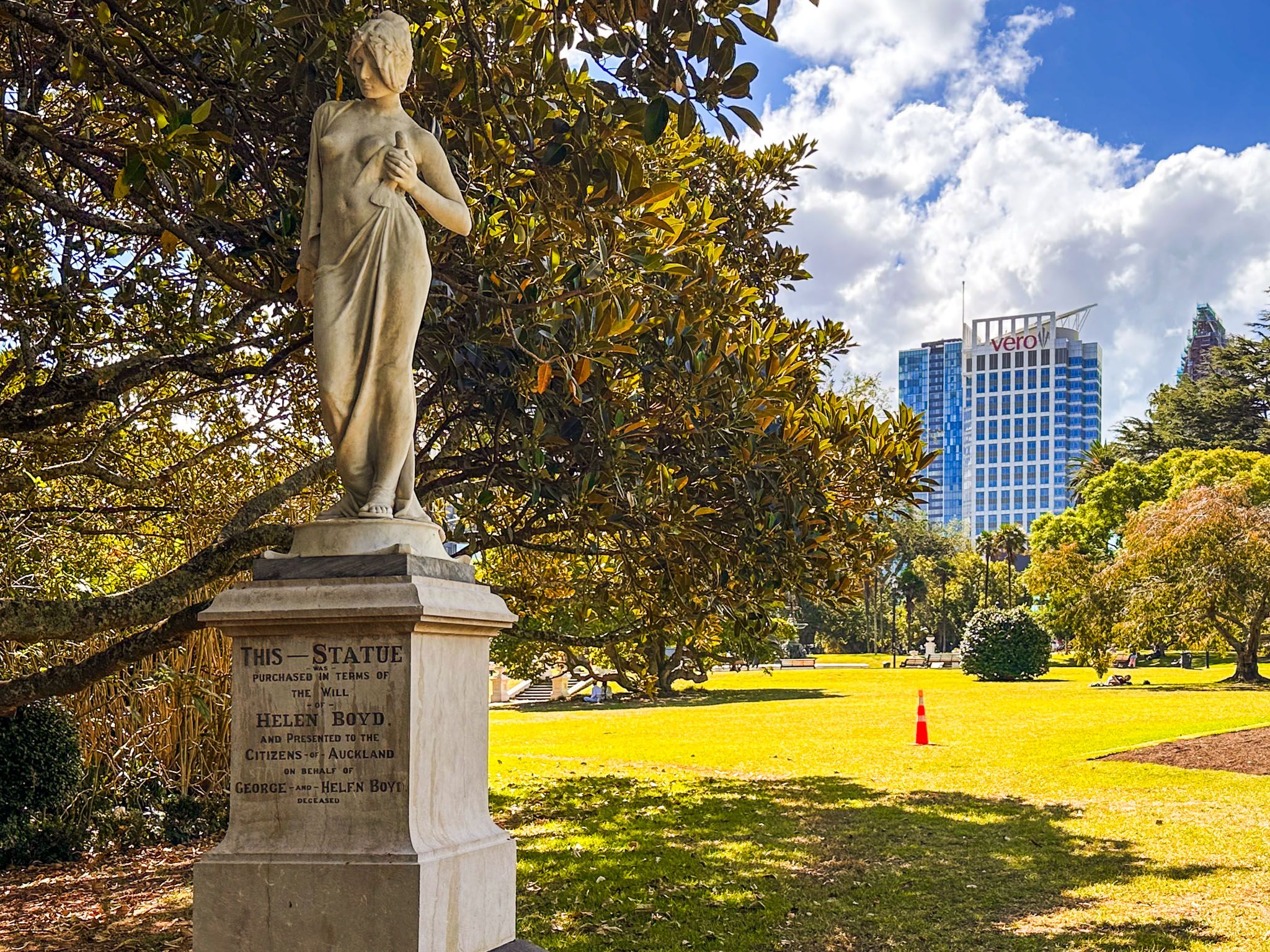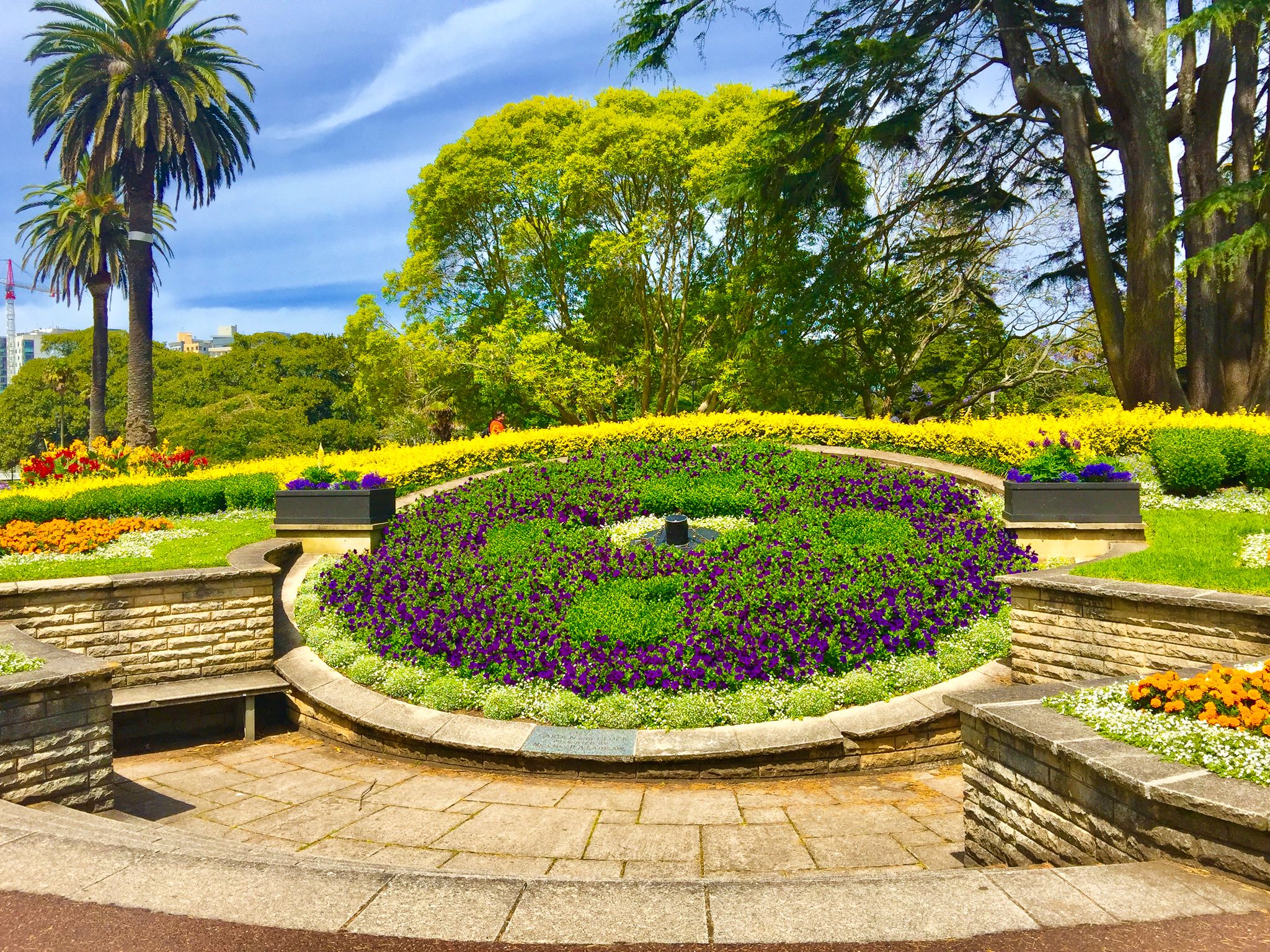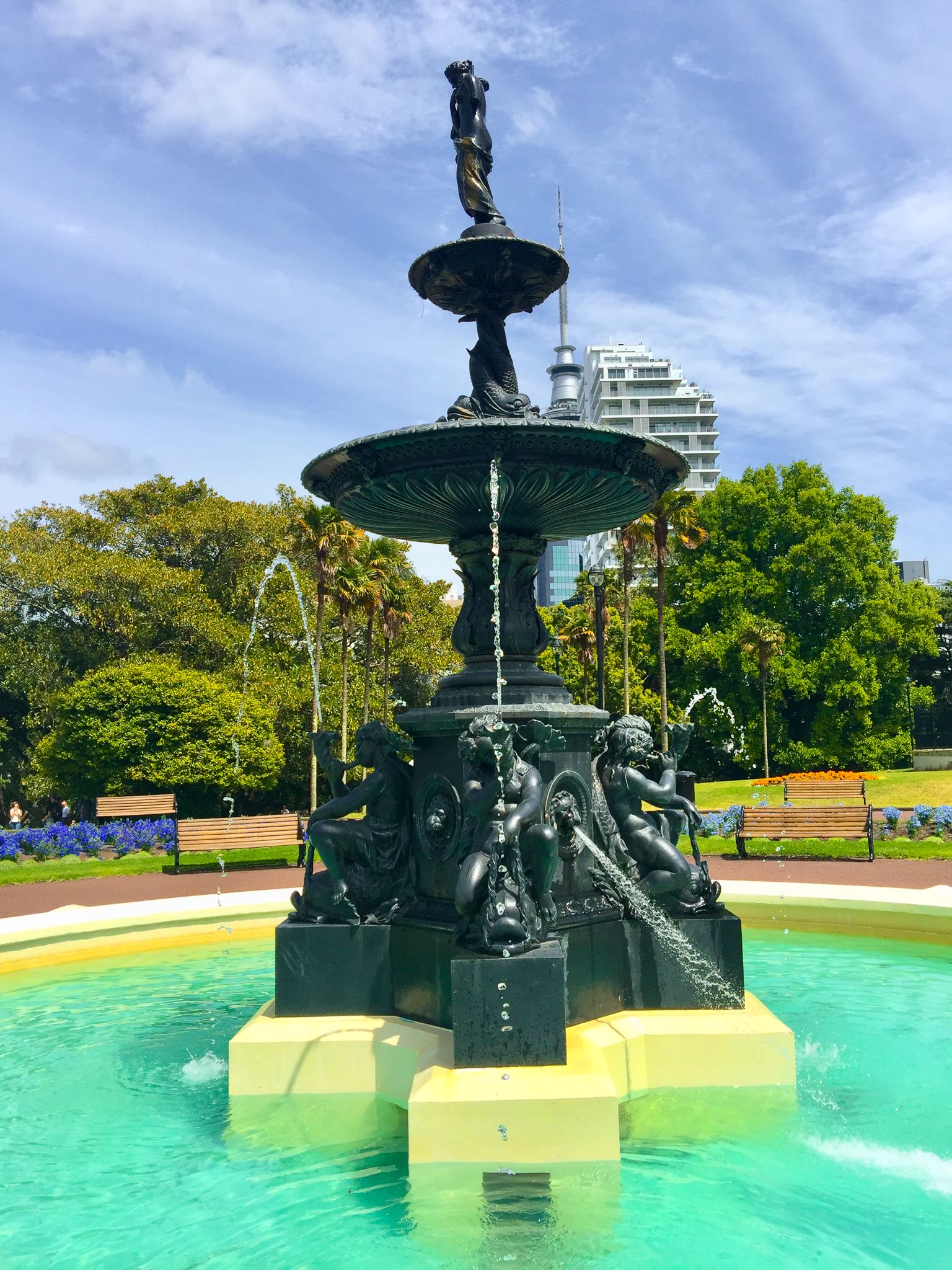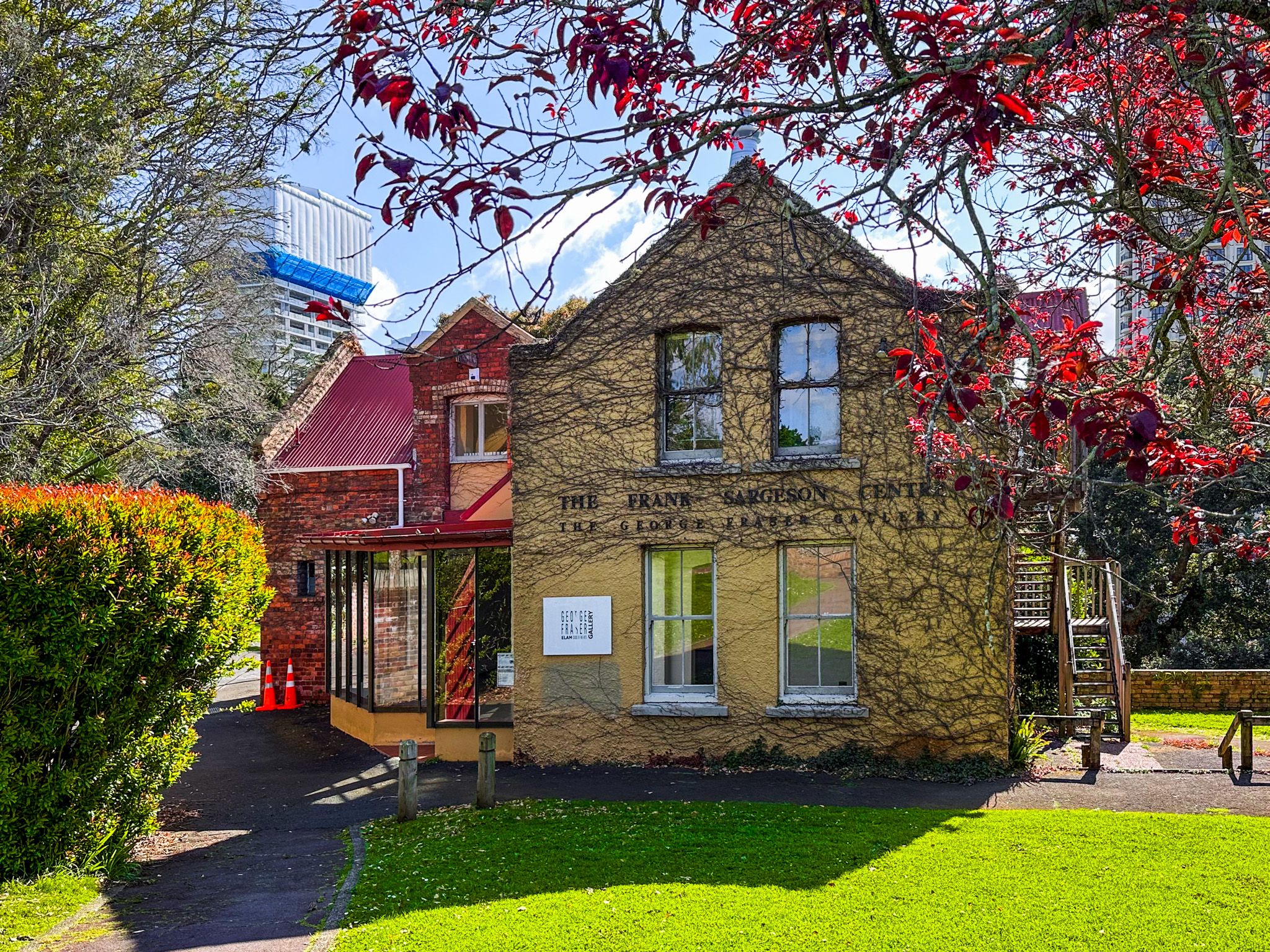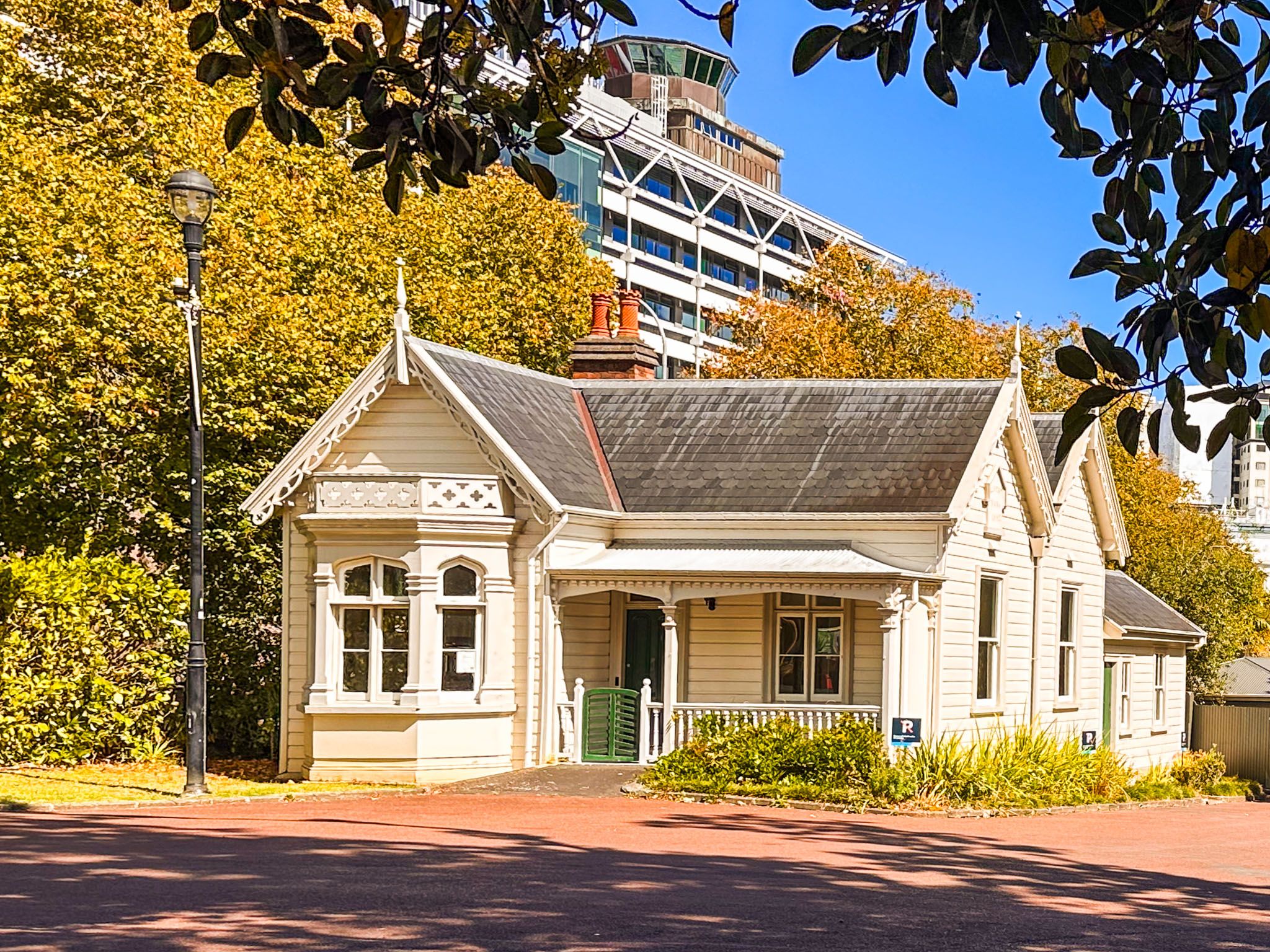Discovering Albert Park in Auckland
Albert Park is a historic and scenic spot located on a ridge overlooking Downtown Auckland in Auckland City. It is bordered by the University of Auckland's city campus on Princes Street to the east and the Auckland Art Gallery Toi o Tāmaki to the west. The park is adjacent to the Albert Park Volcano, which erupted approximately 145,000 years ago. Historically, this area was a site of Māori settlement, with a pā located on the northwest corner until the mid-1700s.
Historical Significance and Design
In the 1840s and 1850s, the Albert Barracks occupied the site, and remnants of its stone fortifications can still be seen on the University grounds. The park was developed in the 1880s following a design competition, resulting in a layout typical of that era. The higher flat section of the park features statues of Queen Victoria and Governor George Grey, a bandstand, and a large fountain topped by Aphrodite. Formal flower gardens enhance the area in front of the fountain.
Statues and Monuments
Albert Park is home to several statues and monuments, including Andrea Carlo Lucchesi’s 1900 sculpture, "Love Breaking the Sword of Hate". This piece at the southeast corner of the park contrasts with earlier colonial works and was funded by a bequest from Helen Boyd on behalf of George and Helen Boyd; George was a notable early New Zealand brickmaker.
Walking towards the Art Gallery, visitors will encounter a large tilted "D" sculpture from the 1990s, known as 'Tilt'. North of the fountain, field guns from the Russian Scare of the 1870s and a Boer War Memorial can be found.
Natural Beauty and Surroundings
Originally, Albert Park offered views over the city and harbour, but these have since been obscured by office buildings. Today, the park has a significant number of large mature trees, planted along the paths and down the slope between the 1880s and World War I. These include native species like pōhutukawa and exotic trees such as magnolias. Visitors can also explore the University Clock Tower and gardens to the north, as well as the historic Princes Street merchant houses, including the Frank Sargeson Centre, at the park's northeast end. The original caretaker's cottage is located at the southeast end.
How to Get There
Albert Park is easily accessible from the surrounding streets, with Princes Street on the ridge being the most convenient entry point. For those approaching from Wellesley Street East, Bowen Avenue, or Kitchener Street, be prepared for a steep but short walk.
Connect a walk to the park with Queen Street and Myers Park, the waterfront districts of Britomart, Commercial Bay, the Viaduct and Wynyard Quarter.
